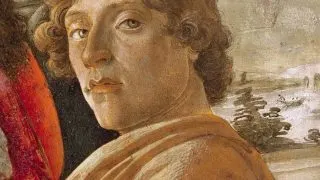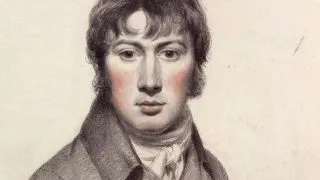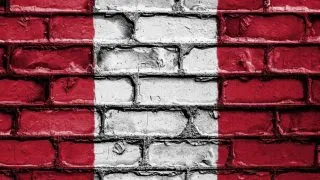The Dutch Golden Age describes a period in the history of the Netherlands when the Dutch Republic was one of the most thriving nations in Europe. It’s known as the “Gouden Eeuw” in the country or the “Golden Century,” and that almost accurately describes this period. It started in 1588 when the Dutch Republic was …
Artists
The influence of this French artist can be described as pivotal in art history, and that’s not an understatement. Édouard Manet (1832-1883) was never meant to become a painter but his desire was so strong that even his stubborn father eventually gave in. This was a great decision because he became the source of inspiration …
The Philippines is a country in South East Asia and has a long history in the world of art. Art has been produced on many of the more than 7,000 islands that make up the country for millennia. This includes rock carvings dating back to the Neolithic period (10,000-2,200 B.C.). The country was colonized by …
It took over 4 centuries before the paintings of this famous Italian artist were valued for what they are worth, and there’s a very simple reason for that. Sandro Botticelli (1445-1510) was at the height of his career when the High Renaissance started but he never developed the same style as his contemporaries. Regardless of …
Cuba became a colony of Spain in the 15th century and like all other Spanish colonies around the world, this was reflected in the art that was produced in the island country. Churches and other religious buildings were decorated by European artists who arrived here in the 16th century. They brought the contemporary European style …
Despite the fact that he never really managed to become successful with his paintings, this English artist can easily be described as one of the most important landscape painters in history. John Constable (1776-1837) started painting the area in Suffolk where he was born and today, this region is known as “Constable Country.” Driven by …
The first thing that comes to mind when you think about Peruvian culture is the Inca civilization, is it not? Machu Picchu is one of the most famous landmarks in the world and although the Inca Empire encompassed all of Peru, it stretched much further to its greatest extent. The Incas produced both monumental architecture …
Many artists of the 19th century completely switched their styles to experiment with new emerging trends. Very few did so radically as this French artist. Odilon Redon (1840-1916) not only abandoned the style that made him successful in the 1880s, he also chose to use a different medium altogether. It was a good choice because …
Croatia is a country located just east of Italy and is separated from it by the Adriatic Sea. The Romans were the first to urbanize this region in the 3rd century B.C. Since the Middle Ages, the art movements in Croatia very much followed those in other parts of Europe. Romanesque and Gothic art was …
The 16th century was an important transition period in the history of art. Many young aspiring artists believed that everything in art had already been achieved. You can’t really blame them because Mannerist artists had to walk in the footsteps of the likes of Leonardo da Vinci, Michelangelo, and Raphael. One of the painters who …










